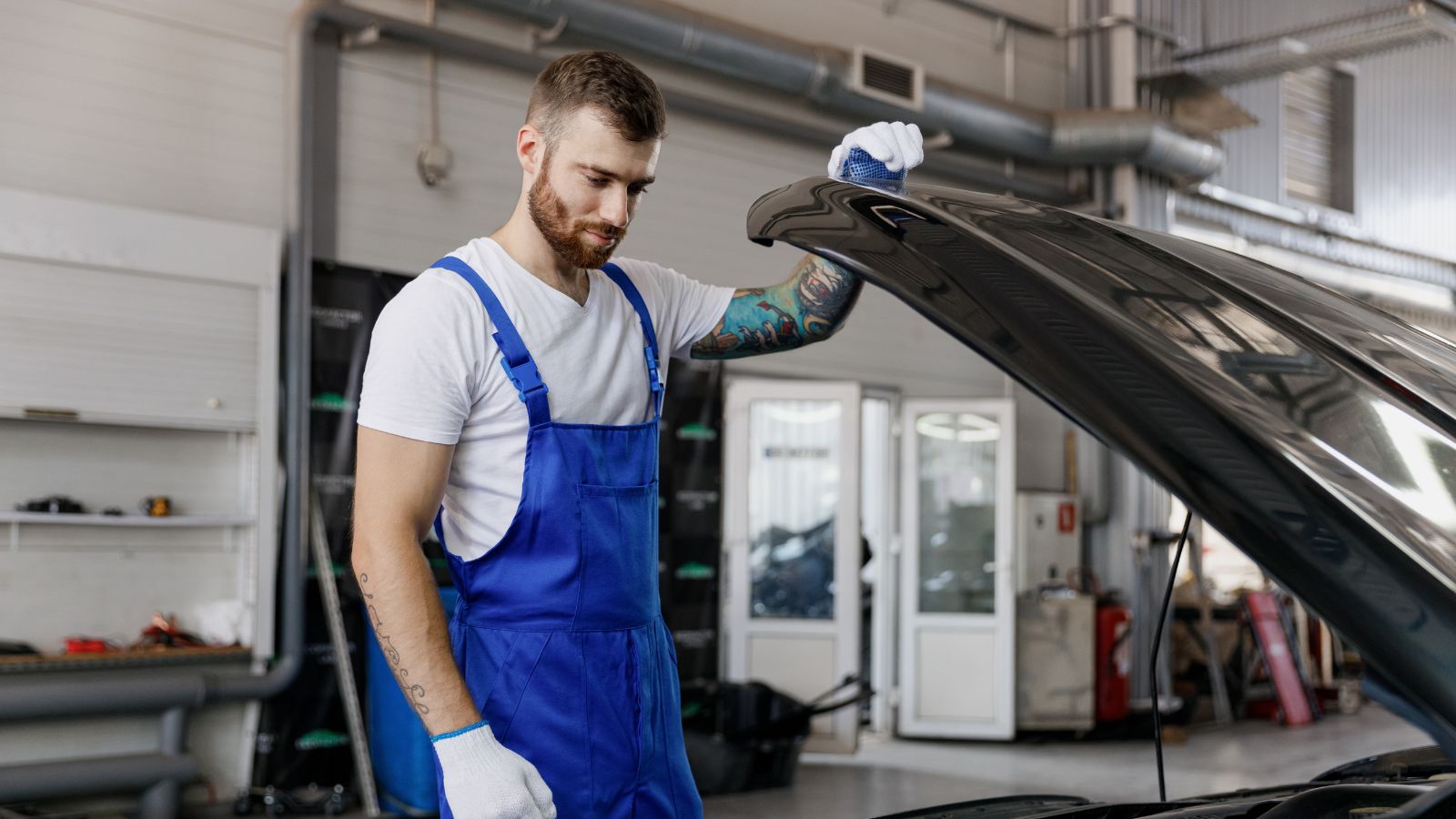Continuously Variable Transmissions, better known as CVTs, are now everywhere—compact cars, crossovers, even some larger SUVs. Automakers love them for squeezing out better fuel economy, and drivers often appreciate their smooth, gearless feel. But CVTs also carry a reputation for being finicky and expensive to repair if neglected. Unlike traditional automatics, they don’t tolerate abuse well, which means proper care is critical. With the right habits and maintenance, though, your CVT can stay healthy for years. Here are five expanded tips to help you do just that.
Stick to Regular Fluid Changes

If a CVT has a weak spot, it’s fluid neglect. These transmissions depend on specialized CVT fluid, which is not the same as regular automatic transmission fluid (ATF). CVT fluid lubricates the steel belt or chain, cools the pulleys, and maintains the hydraulic pressure that makes everything work. Over time, it breaks down and loses its protective qualities. Ignore changes, and the system overheats, the belt starts slipping, and expensive internal wear begins. Many manufacturers recommend a change between 30,000–60,000 miles depending on driving conditions. Use only the exact fluid specified in your owner’s manual—mixing fluids is a recipe for disaster.
Warm Up Before Heavy Driving

Cold weather is brutal on any transmission, but CVTs are especially sensitive. When the fluid is thick and sluggish on a frosty morning, hammering the gas immediately puts strain on the pulleys and belt. Give your car a couple of minutes of easy, low-RPM driving before asking for full power. This gentle warm-up lets the fluid thin out to proper viscosity and ensures everything is lubricated. Think of it like stretching before lifting weights: jump in too hard, too fast, and something will snap. A little patience adds a lot of life to your CVT.
Don’t Ignore Warning Signs

CVTs rarely fail overnight; they usually give you hints first. Whining or humming sounds at certain speeds, shuddering on acceleration, or hesitation when you step on the gas are red flags. These issues may just be fluid-related or a sign of software calibration needs—problems that are relatively inexpensive to fix. Left unchecked, however, they can escalate into pulley wear or belt failure, which often means replacing the entire unit. Because CVTs are trickier to repair than traditional automatics, early diagnosis is key. If your car feels “off,” don’t wait—have it inspected by someone who understands CVTs.
Drive Smoothly, Not Aggressively

A CVT’s biggest strength—seamless acceleration—is also its weakness. Inside, a metal belt or chain runs between two variable-diameter pulleys, constantly adjusting to provide the ideal ratio. Aggressive driving, like full-throttle launches, constant pedal mashing, or sudden braking, puts huge stress on that belt. While a traditional automatic can shrug off some abuse thanks to fixed gears, CVTs don’t have that luxury. They shine with smooth throttle input and steady cruising. If you treat it like a sports car gearbox, you’ll be shopping for a replacement transmission sooner than you’d like.
Service with Qualified Shops Only

Not every mechanic has the training—or the tools—to work on CVTs. Many require special diagnostic software and service procedures that general shops simply don’t have. A botched fluid change or an incorrect recalibration can do more harm than good. Always take your CVT-equipped car to a shop that specifically mentions CVT service, preferably one tied to your vehicle’s brand. Yes, you’ll likely pay more at a dealership or specialist, but that expertise can save you thousands. A CVT replacement often costs as much as an entire used car, so it pays to trust the experts.
25 Facts About Car Loans That Most Drivers Don’t Realize

Car loans are one of the most common ways people fund car purchases. Like any other kind of loan, car loans can have certain features that can be regarded as an advantage or a disadvantage to the borrower. Understanding all essential facts about car loans and how they work to ensure that you get the best deal for your financial situation is essential. Here are 25 shocking facts about car loans that most drivers don’t realize:
25 Facts About Car Loans That Most Drivers Don’t Realize
